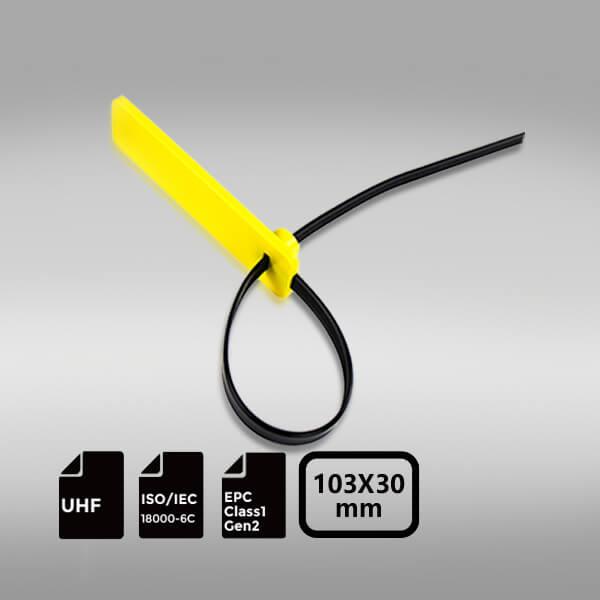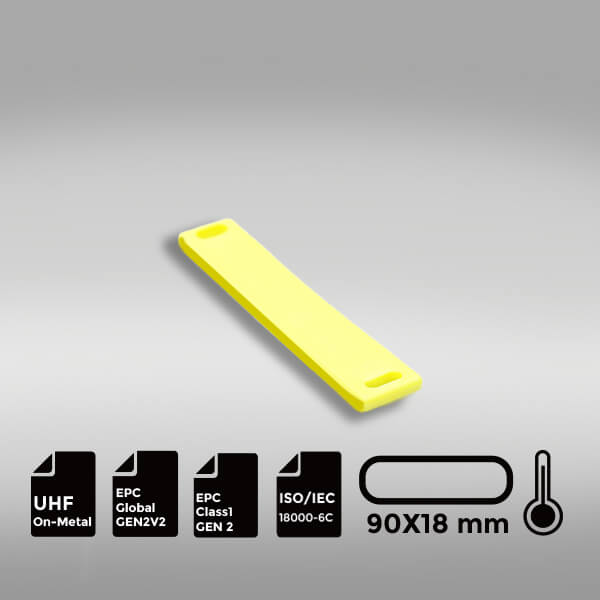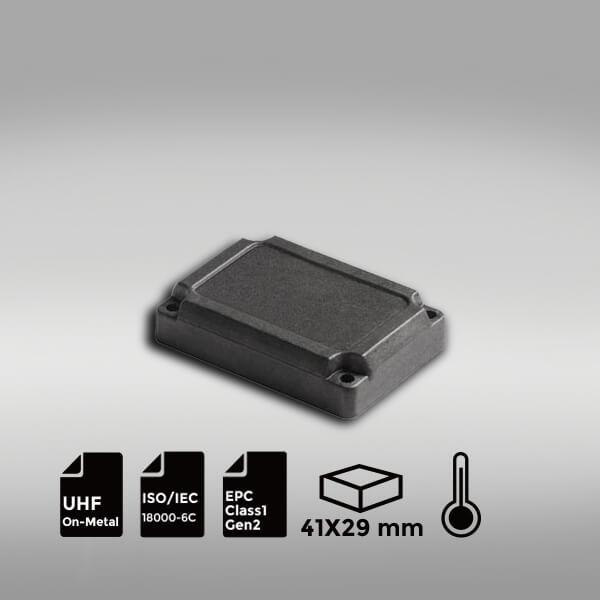RFID Asset Tracking: The Complete Guide to Enterprise Implementation

Modern enterprises lose an average of $1.2 million annually due to poor asset visibility. RFID asset tracking eliminates these losses with 99.9% accuracy, automating what traditional barcode systems struggle to accomplish manually. This comprehensive guide reveals how leading organizations are transforming their operations with RFID technology.

How RFID Outperforms Traditional Tracking Methods
| Metric | Barcode Systems | RFID Tracking |
|---|---|---|
| Scan Speed | 1-2 items/second | 200+ items/second |
| Read Range | 0-24 inches | Up to 50 feet |
| Line of Sight | Required | Not required |
| Data Capacity | 20-25 characters | Up to 8KB |
| Durability | Paper labels | Industrial-grade materials |
Core Components of an Enterprise RFID System
1. Industrial RFID Tags
- Passive: No battery (up to 10m range)
- Active: Battery-powered (up to 100m range)
- Semi-passive: Hybrid solution
2. Fixed & Mobile Readers
- Portal readers for choke points
- Handheld units for spot checks
- Vehicle-mounted for yard tracking
3. Enterprise Software
- Real-time dashboards
- Predictive analytics
- ERP/WMS integration
4. Infrastructure
- Multi-polarized antennas
- Edge computing nodes
- Redundant networking
4 Transformative Benefits for Enterprises
1. 85% Reduction in Shrinkage
Our clients report near-elimination of asset loss through real-time location tracking and geofence alerts for high-value equipment.
2. 60% Faster Audits
Complete facility-wide inventory counts in hours instead of days with automated RFID scanning.
3. 40% Lower Labor Costs
Automated tracking eliminates manual data entry and reduces staffing requirements for inventory teams.
4. 99% Asset Visibility
Know the exact location and status of all critical assets across multiple facilities from a single dashboard.
Industry-Specific Implementation Guides
| Industry | Key Application | ROI Timeframe |
|---|---|---|
| Healthcare | Equipment tracking | 6-9 months |
| Manufacturing | Tool crib management | 8-12 months |
| Construction | Yard inventory | 4-7 months |
| Retail | High-value merchandise | 3-6 months |
Enterprise-Grade RFID Tags



Implementation Best Practices
- Conduct RF site survey to optimize antenna placement
- Pilot test with 100-200 critical assets
- Integrate with existing ERP/WMS systems
- Train super-users on analytics dashboard
- Phase rollout by facility/department
Frequently Asked Questions
What read ranges can we expect?
Our UHF systems deliver 8-12m for passive tags and up to 100m for active tags in optimal conditions. Actual range depends on tag type and environmental factors.
How do we handle metal interference?
We specialize in on-metal RFID tags with specialized ferrite layers that maintain 90%+ read rates in challenging metallic environments.
What’s the typical ROI timeframe?
Most enterprises achieve full ROI in 6-12 months through reduced shrinkage, labor savings, and improved asset utilization.

RFID Antenna UHF
15-Meter Cable for UHF RFID Fixed Reader
UHF Tag
4″x2″ 860-960MHz UHF RFID Label RFID M4D
UHF Tag
4″x4″UHF RFID Label Alien H3 | ISO18000-6C
RFID Antenna UHF
5-Meter Cable for UHF RFID Fixed Reader
HF Card
ABS RFID KEY-FOB Tag RFID Classic 1K
HF Card
ABS RFID KEY-FOB Tag RFID Classic 4K
HF Card
ABS RFID KEY-FOB Tag RFID Ultralight C
HF Tag
ABS RFID KEY-FOB Tag RFID Ultralight EV1
LF Card
ABS RFID KEY-FOB Tag ATA5577
LF Card
ABS RFID KEY-FOB Tag EM4200
HF Card
ABS RFID KEY-FOB Tag EM4305
HF Card
ABS RFID KEY-FOB Tag RFID TAG 213